Build Design Systems With Penpot Components
Penpot's new component system for building scalable design systems, emphasizing designer-developer collaboration.
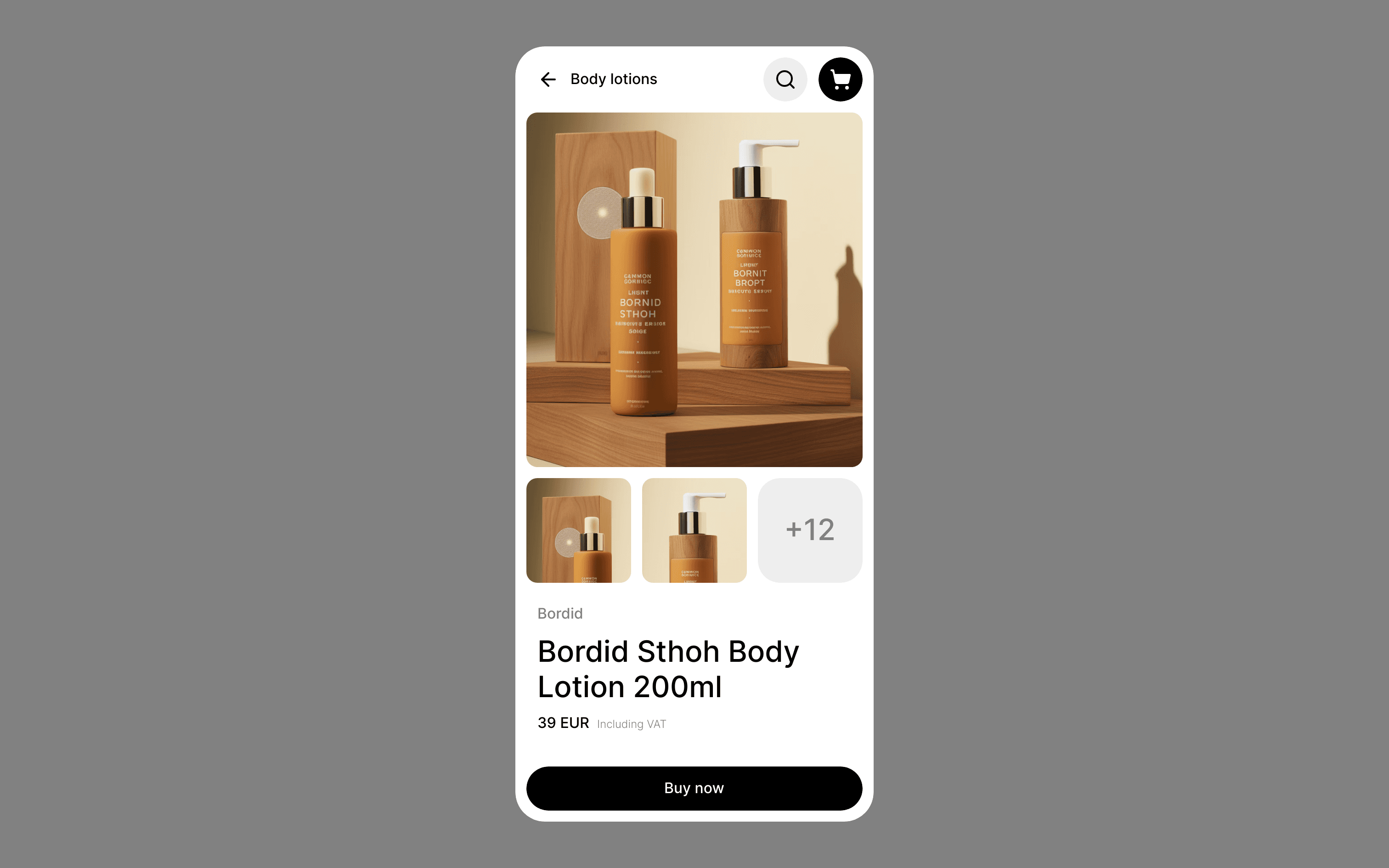
UX Planet — Medium | Mendeley Design 
You probably won’t read this whole article.
Research suggests I’ve already lost 38% of you. They ‘bounced’ as soon as they saw the web page.
Oh well, now with those guys gone… Wait! Where are you going? Now we’re at a point where I lose another 5%. They would have seen the page scanned up until the scroll and then decided they weren’t interested.
Well fair enough, let’s get started. Wait! What are you doing now? You’re tweeting a link already? Without even reading it? Research suggests articles that are shared are likely not even read 60% of the way through. With the most tweets sharing articles online occurring at the 25% mark.
This research should be kept in mind if designing content for the web and brings me onto the topic I want to talk to you about today: using research to inform design and align teams.
I am going to take you through examples of how we do the following, and more, at Mendeley:
1) How we move from research to design
2) How we align the team around a common goal
3) Different types of research we do
I’ve been at Mendeley for the last 5 months, in which time I’ve taken 3 new products from research through to design.
Mendeley operates in a highly complex product space. We’re not just a piece of reference management software serving academic researchers; we’re a social network connecting researchers across the world, we’re enabling researchers to find the next steps in their careers or their next funding opportunities, we allow researchers to showcase their work and monitor the stats of their publication records, and we’re a platform on which researchers can share and discuss literature and data.
Our mission is to make researchers more productive.
I am a big fan of “How it’s made” documentaries and want to give you a similar behind the scenes look at how we have been working with research to inform design and align teams.
 How it can feel without a clear hypothesis
How it can feel without a clear hypothesis
I spent 3 months designing a product that started with an insight from observing a researcher who was presenting her findings. That turned into something like:
“We can help researchers understand more effectively by being able to see all their thoughts on a topic in one place.”
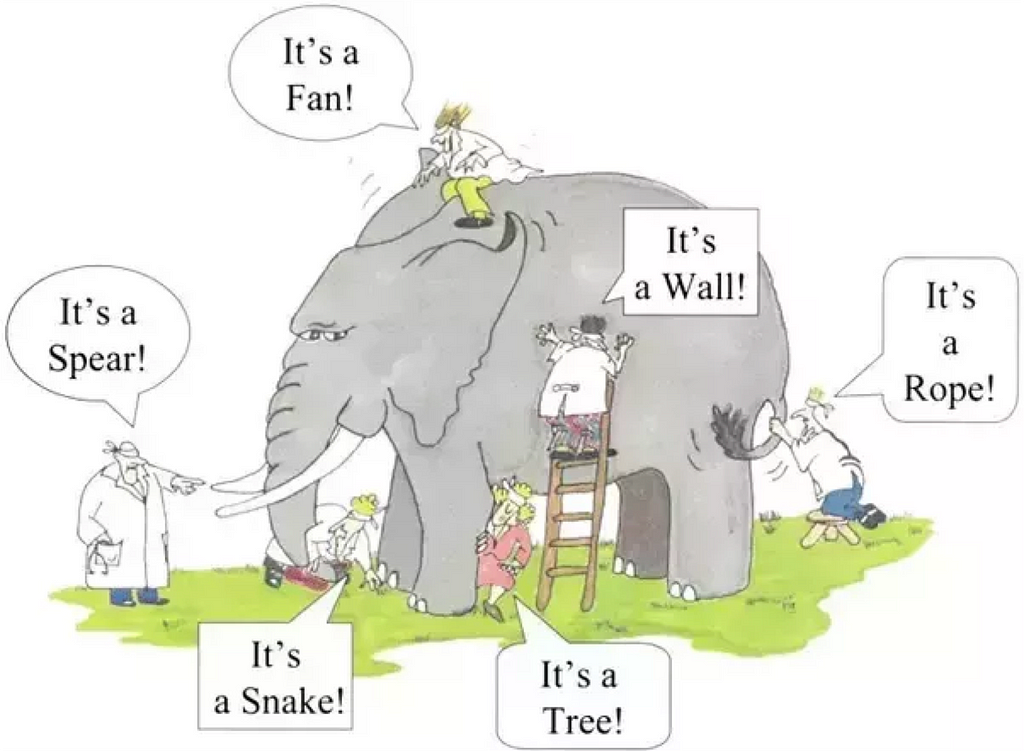 Why you need different perspectives
Why you need different perspectives
How we approached this hypothesis can be described using the old story of the elephant and a group of blind men. (left)
This story emphasises the need to triangulate on different perspectives before reaching conclusions about what you think may be happening.
It’s for this reason that we use a balanced research method combining:
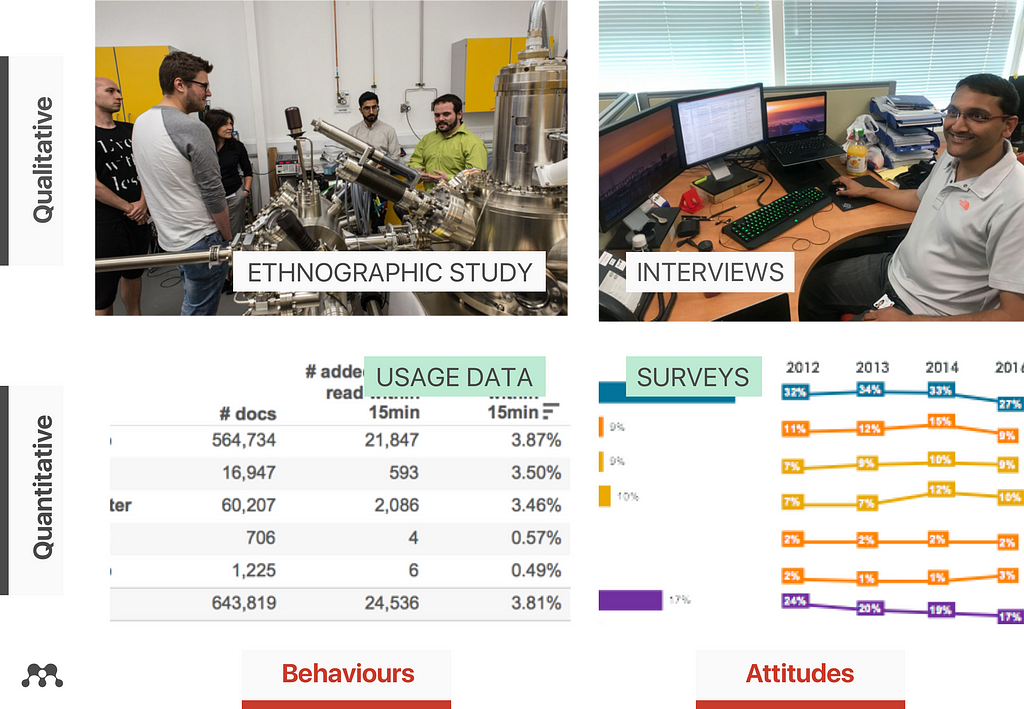 Our research approach
Our research approach
We broke down the original hypothesis into sub questions that we then tackled from these different perspectives.
The combination of these methods helped us understand the hypothesis and define grounded need statements.
This part of the project took 3 weeks in total.
We synthesised our research into a short story. This gave us a useful format through which we could build empathy and communicate more than just raw information about the problem.
“Information without emotion is not fully retained”
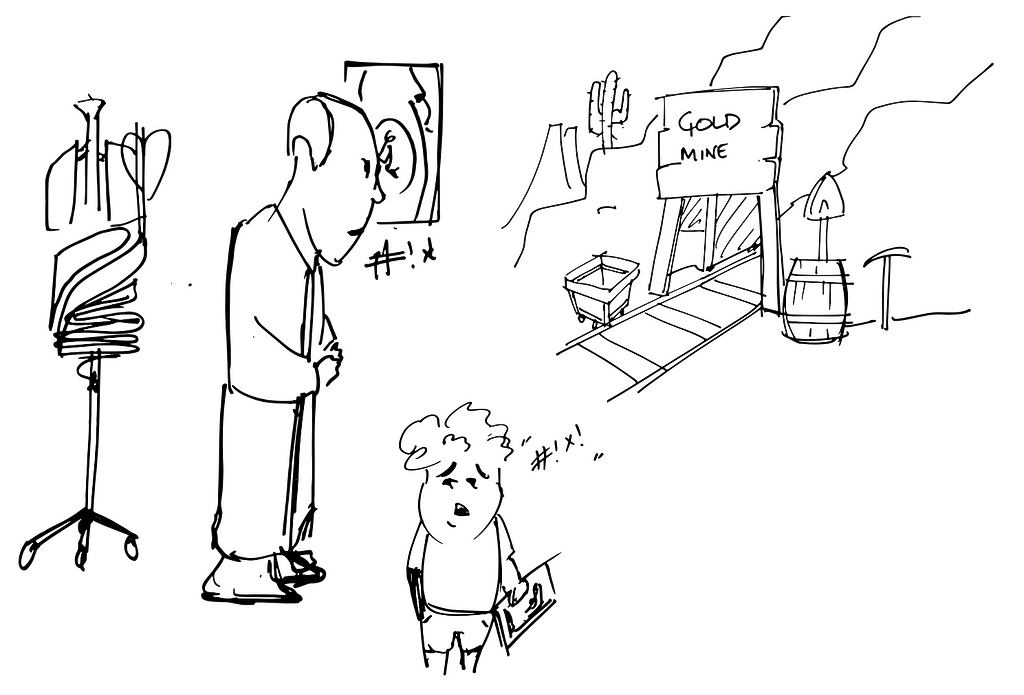 Snippets from our story
Snippets from our story
Our story was inspired by a user we met who was studying methods for early cancer diagnosis. We found out that his mum suffered from Cancer and had unfortunately passed away when he was an early teen.
I felt moved that he was using our product everyday to further his research.
It’s easy for organisations to forget about who their users really are and what their real motivations may be. Storytelling really helps with this problem.
Research studying the effects of storytelling on the brain is starting to unpack the reasons why this is such a powerful tool. Increasing the production and synthesis of the hormone oxytocin, storytelling also improves understanding and recall.
It is understood that organisations already have a story, its founding myth. This influences daily decision-making and stays core to the organisation’s DNA. By creating new compelling stories, grounded in research, you can really influence the direction in which the company’s work must go.
We explored secondary research on related topics by keyword, for inspiration and further validation. Anything with a related action, behaviour or emotion was of interest to us at this early stage. This was added to our network of mental associations so that we could draw inspiration from a wider net.
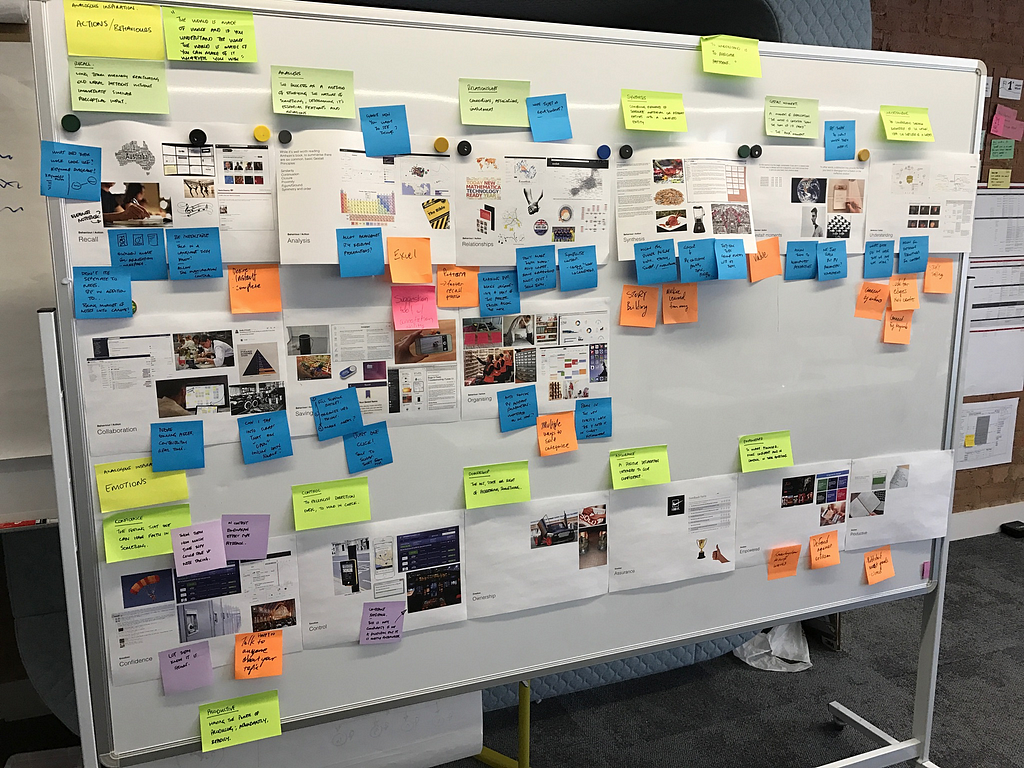
“The world is made of words and if you understand the words the world is made of you can make of it whatever you wish”
We are lucky enough to have access to the world’s research through Mendeley’s parent company Elsevier, the world’s largest publisher. This made finding informative secondary sources a bit easier.
With a clear view of our problem synthesised into user outcome focused need statements, we were able to align the teams and prioritise our efforts.
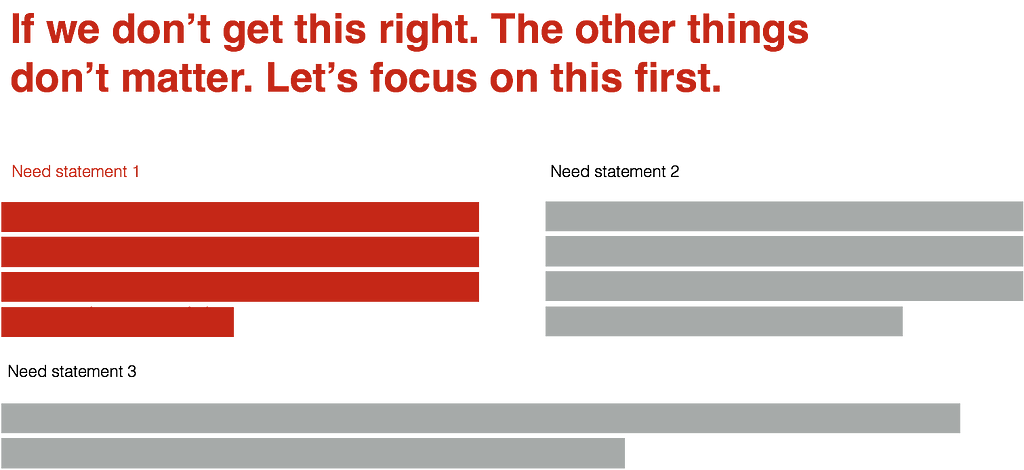
There are some different formats for writing out statements like this. Feel free to check out some branded versions below:
From this point, we went through several iterations of doing the following:
I’m not keen on writing long research reports or long testing cycles, usually. Moving fast and prototyping as soon as it’s relevant is my preferred option.
“Reports is where research goes to die.
Prototypes is where research comes alive”
 What can happen to research if left in reports.
What can happen to research if left in reports.
Eventually our questions got more specific and we used Airtable to manage them as shown below:

Using the prototypes to encapsulate the key research findings really helped us move fast but also helped us build upon the findings and gave us a medium through which we could reflect those findings back to other users for further validation.
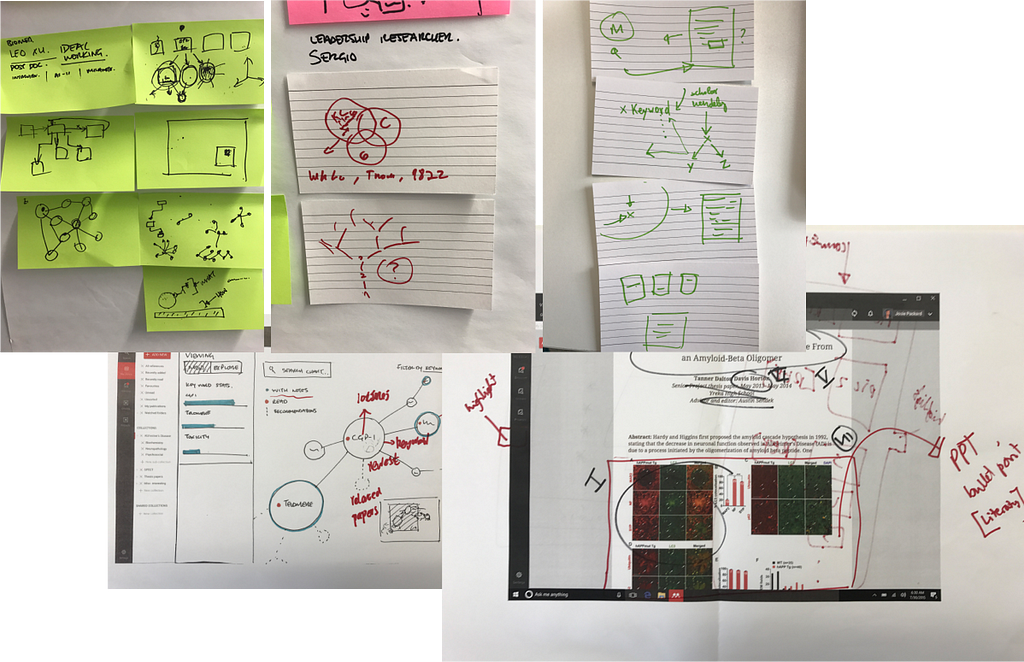
Some of our most interesting insights came from putting a pen in users’ hands and whilst they are talking through thoughts having them draw out what they mean. This allowed us to pick up patterns between user sessions that may have otherwise not been as obvious.
 When you get a great idea from a user
When you get a great idea from a user
We worked in this iterative nature building layers of validation until we had designs for our high level product flows and architecture all the way through to microinteractions.
We hope to have this product ready for release next year.
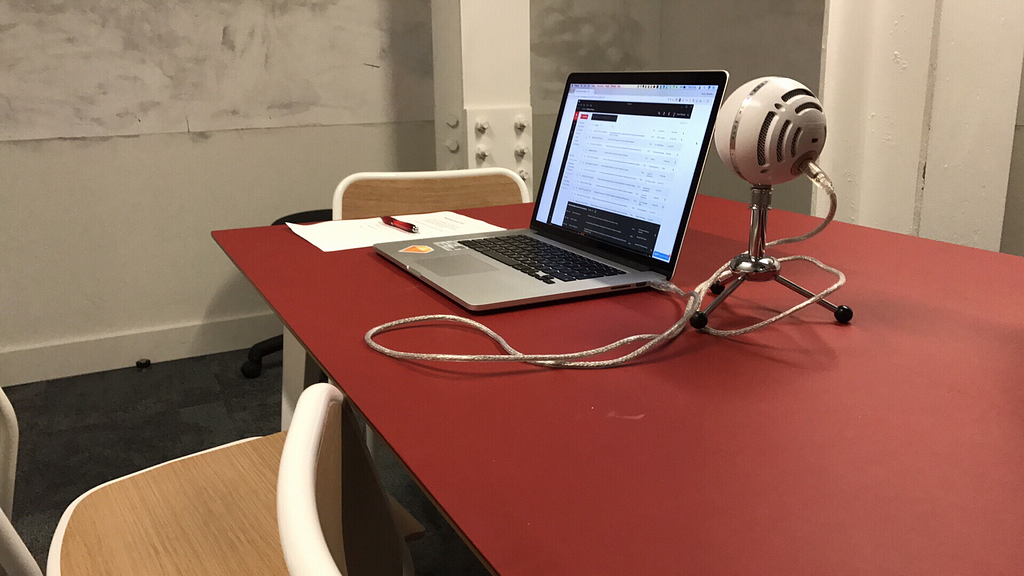 Image taken just before getting started with a user discovery session
Image taken just before getting started with a user discovery session
We just showed you how we went from hypothesis to an inspired, validated product design — aligning the team along the way.
This is an example of how we have used research to design a new product. Below are some examples of other types of research we do.
We had a hypothesis that if we improved the information density on the Mendeley social feed we could improve overall engagement.
 Original post area (left) vs New design (right)
Original post area (left) vs New design (right)
This was A/B tested with all other variables left constant. This minimal change resulted in more clicking in general across the feed with users much more likely to post statuses.
An example of how a small design change can impact the overall product:
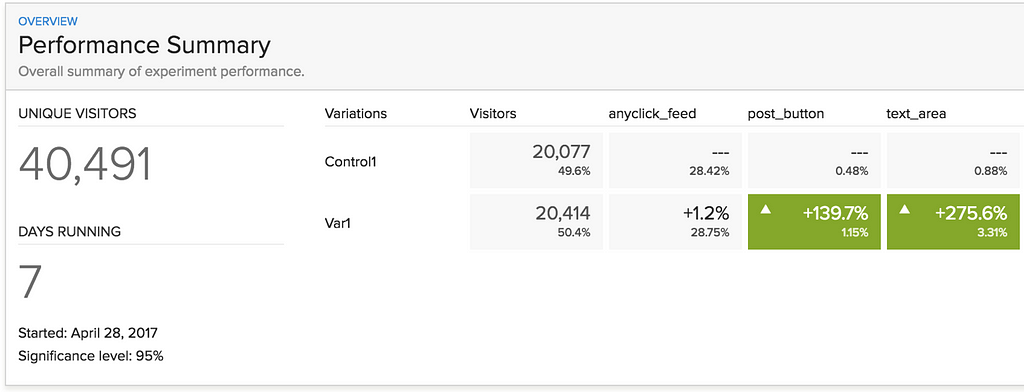 Users were much more likely to post + engagement throughout the feed went up
Users were much more likely to post + engagement throughout the feed went up
Sometimes it can be hard to dedicate time explicitly to doing research if the topic is not directly related to what the team is working towards. For this reason a few members of the team have ongoing ‘Lightweight’ research on topics we are interested in learning more about.
An example of this is a small research project aimed at trying to gain an initial understanding of Chinese researchers, with a focus on the following questions:
Over the course of a week, my colleague, Susan managed to fit in the following around her schedule to further understand these questions:
We were surprised at the level of insight this gave us beyond the questions Susan went in with. The product of this work has highlighted different behaviours, expectations and technology habits to consider throughout what we are making.
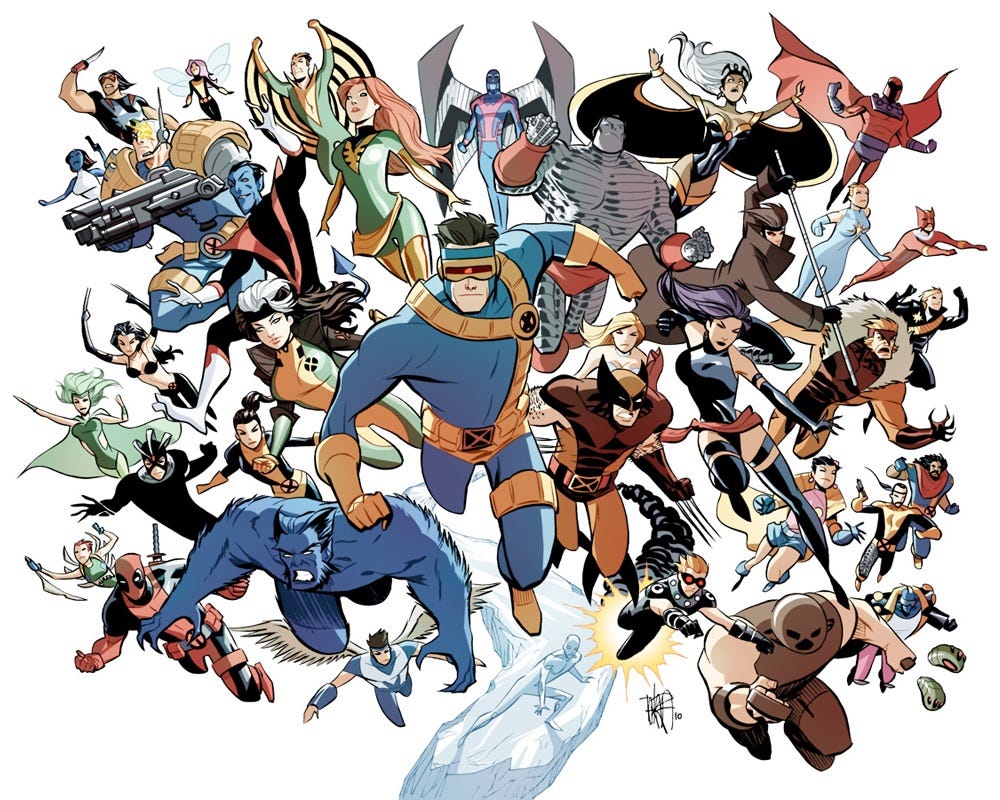
We have a growing design team currently at 11 with a good balance of perspectives in terms of skill sets but also culturally.
We all work on new and existing products. Each of us have our own super powers, but it is where we come together with each other and the rest of the company that we have the biggest impact.
 Someone should have told the Donald
Someone should have told the Donald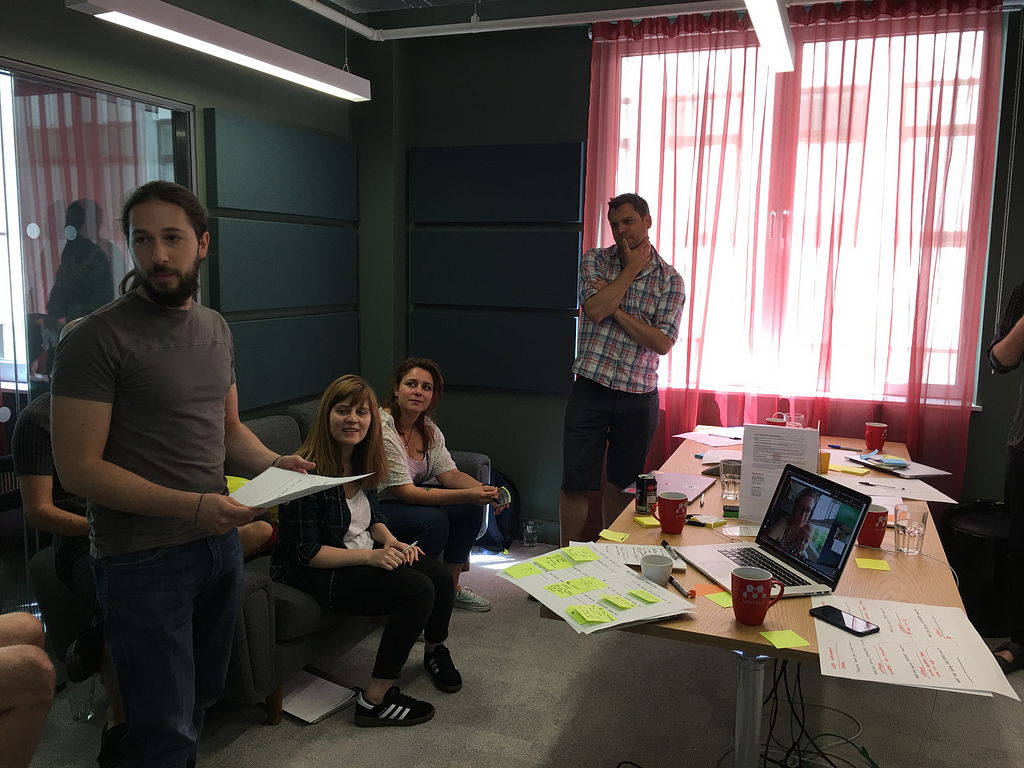 Recent workshop held to define cross product experience principles
Recent workshop held to define cross product experience principles
Mendeley is currently working through a transformation. The fruits of our labour with design will come to bear in the next few years.
We are looking for a few more designers to join the team. If you are interested, please do get in touch!
Thanks for reading.
By Taalib Minhas, Senior UX/UI Designer at Mendeley.
Read more about what we’re up to:
Designing the Mendeley Experience Principles
How To Use Research To Build Products was originally published in UX Planet on Medium, where people are continuing the conversation by highlighting and responding to this story.
AI-driven updates, curated by humans and hand-edited for the Prototypr community